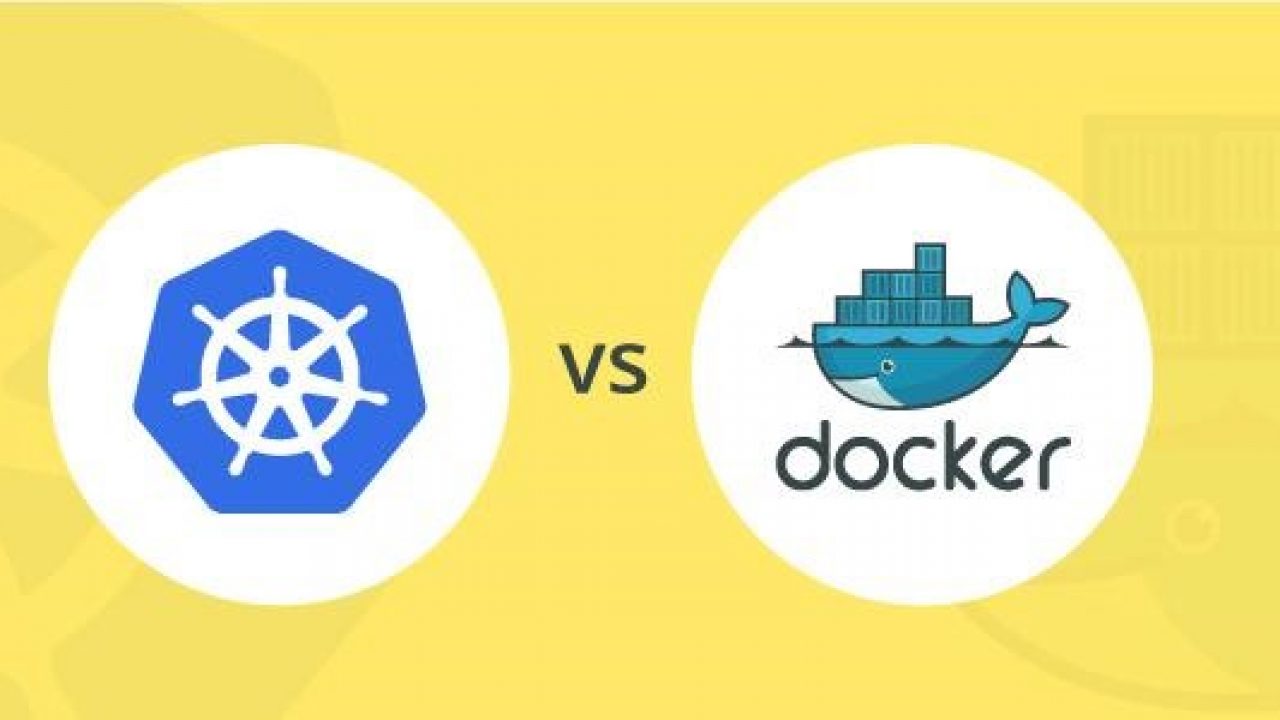

- #DOCKER SWARM VS KUBERNETES 2019 MANUAL#
- #DOCKER SWARM VS KUBERNETES 2019 SOFTWARE#
- #DOCKER SWARM VS KUBERNETES 2019 CODE#
One way teams can recruit and keep the best developers is to stay on the leading edge of innovation.
#DOCKER SWARM VS KUBERNETES 2019 SOFTWARE#
Integrations between Kubernetes and developer tools can reduce the complexity of the development environment, shorten release cycles for cloud native software, and improve software quality by streamlining engineering workflows. If successfully integrated into DevOps processes, teams can achieve significant increases in productivity. Some tools help make Kubernetes easier to deploy and use. Take advantage of a large and growing ecosystemĪn enormous ecosystem of tools (many of them open source, so they’re free) has evolved around Kubernetes in a short time, helping to address diverse needs and use cases.

Kubernetes offers many advantages to organizations that deploy it: Google created Kubernetes and open sourced the project in 2014 to the Cloud Native Computing Foundation (CNCF), which currently manages it.

Kubernetes comes from the Greek word meaning helmsman or pilot.
#DOCKER SWARM VS KUBERNETES 2019 MANUAL#
Kubernetes orchestrates containers created by Docker (or other tools), eliminating most of the manual processes involved in deploying and scaling containerized applications. Kubernetes is an open source container orchestration platform that helps make containerized applications portable. a Kubernetes container, but that’s not the right way to think about it. You may be wondering whether there’s a difference between a Docker container and.
#DOCKER SWARM VS KUBERNETES 2019 CODE#
Kubernetes oversees the containers that make up each running application, making sure that they operate properly as they are deployed.ĭocker packages up application code along with required dependencies, such as libraries, files, and necessary configurations, into a single image that can be deployed manually or using an orchestrator like Kubernetes. Each container needed for an application may have multiple replicas, and incoming requests are distributed by load balancers across the replicas. Kubernetes groups together containers that make up the same application. The resulting containers can be run using the Docker runtime or another OCI-compliant runtime. Kubernetes is used after an app has been packaged into a container to orchestrate and manage the set of containers that make up the app.ĭocker is used to package code and dependencies into containers as you build and test applications. When do you use it in the application lifecycle? In 2019, Mirantis acquired Docker’s enterprise business and Docker Engine. The Docker software was created by Docker, Inc., and released as open source in 2013. The Cloud Native Computing Foundation now hosts the project. Kubernetes was created at Google before being released as open source. Applications can be run manually using the Docker runtime or via an orchestrator. It automates the process of deploying, operating, and scaling containerized applications.ĭocker is a platform for creating containerized applications. Kubernetes is an orchestration system for running containers.


 0 kommentar(er)
0 kommentar(er)
